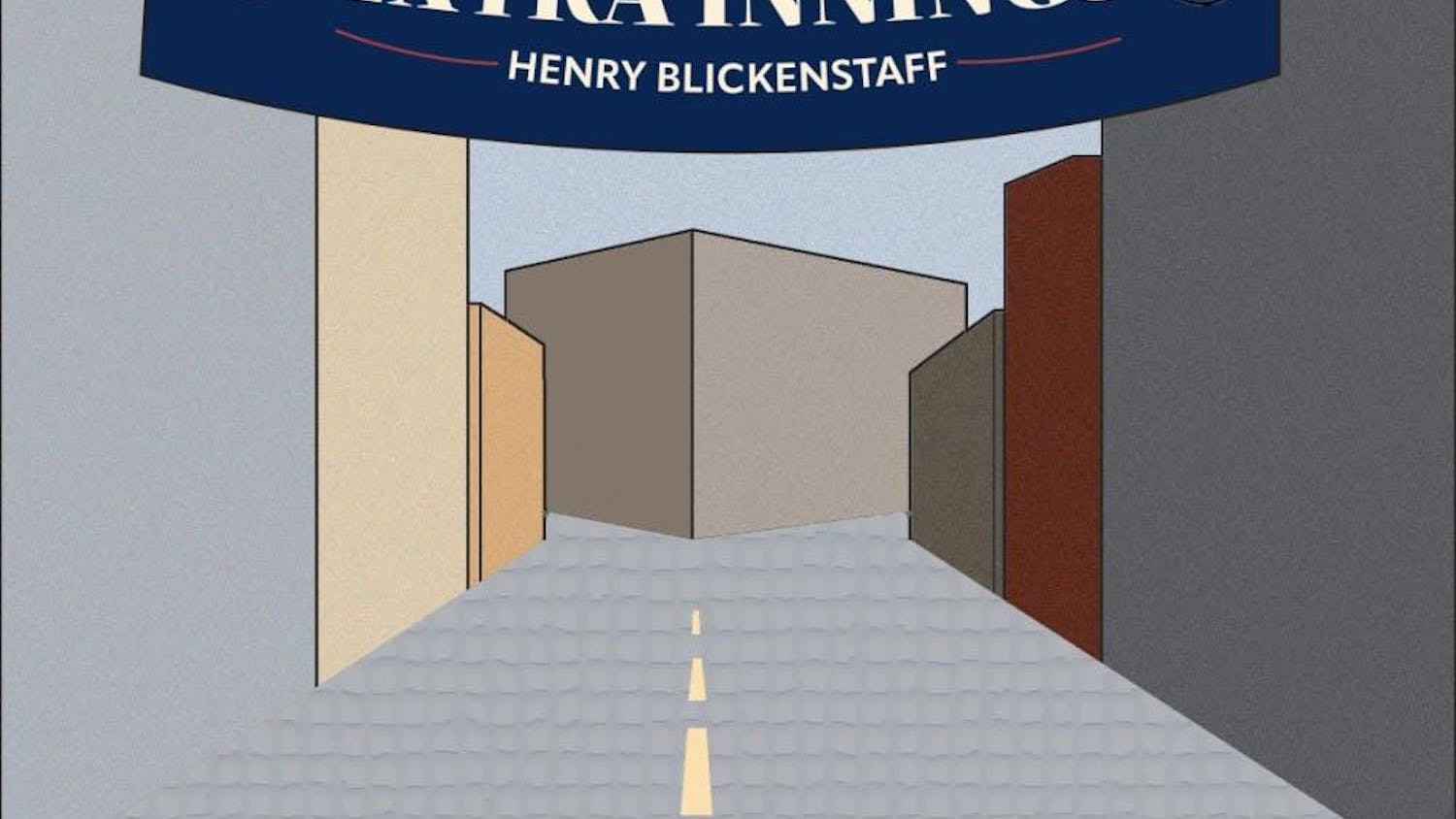In the opening scene of “Timbuktu” (2014), a group of radical jihadist soldiers try to hunt a gazelle from their SUV. Using a mounted gun, they pursue it across the sparse desert landscape, with brief pops of gunfire interrupting the splotchy sound of their car bounding over the rocky soil. There is no score, only sporadic eruptions of their gun and some panicked baying by the gazelle. As the soldiers chase the gazelle, they begin to lose it. The screen eventually fades to black, and the fate of the gazelle is not revealed.
Filmed in Mauritania and directed by Abderrahmané Sissako, the film details the brief occupation of the ancient city of Timbuktu, Mali by the black-flag jihadist militant organization Ansar Dine. Sissako focuses his direction on three separate areas: the specific effect the occupation has on herder Kidane (Ibrahim Ahmed dit Pino) and his family, the motivations of the jihadists themselves and the effect on the everyday lives of the citizens at large. The perspective of the jihadists, as Sissako has pointed out, is what sets the film apart from others of its ilk, as it delves into the convoluted and often hypocritical beliefs, as well as how they turned from regular people into radical militants. “The most terrible thing about this is that they are people like us. It is always hard to say. But they are,” Sissako said in an interview with The Guardian.
As Sissako follows the Ansar Dine’s takeover of Timbuktu through the repercussions of Kidane’s accidental shooting of one of their fighters, he is careful to inject scenes on the periphery of the main narrative highlighting the effect their takeover has and its often confusing, contradictory directives on citizens outside of Kidane and his family.
In one scene, a group of jihadists from France are hanging out in a Timbuktu street, talking about soccer, debating whether Zinedine Zidane or Messi is a better player. A few scenes later, the Shariah committee of the jihadists sternly reminds a group of local boys that sports are forbidden. In the beginning scenes, they go through the city streets with megaphones announcing the new rules, including a ban on smoking. Later, after a public stoning of a couple accused of adultery, they go back to unwind over cigarettes. In one of the film’s most powerful scenes, a new recruit from France is asked to tell potential new jihadists what compelled him to join Ansar Dine’s cause, but he is unable to come up with a reason.
The film has attracted controversy since its premiere at Cannes in 2014 for its unflinching depiction of the torture, violence and hostage-taking perpetrated by Ansar Dine, but Sissako feels that the film’s message is more important. “The media are interested when someone from France or Britain is taken hostage,” he says. “But the townspeople who are hostages, no one’s really interested in.” Hopefully, Sissako feels, “Timbuktu” will get Western media to wise up to the human rights issues in Africa.





